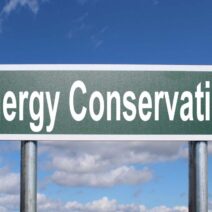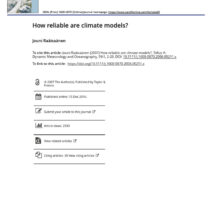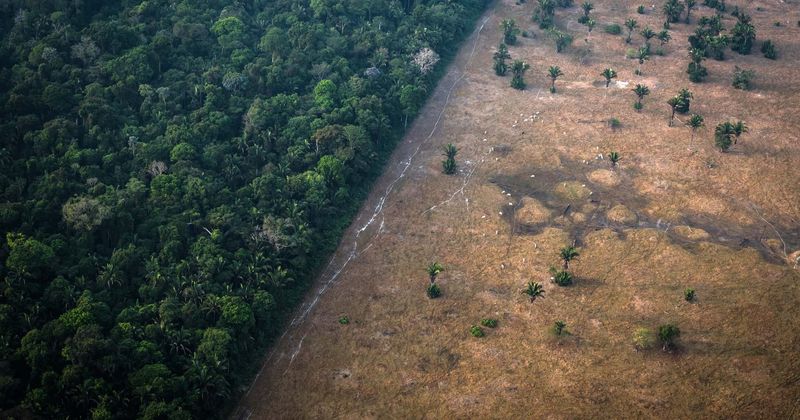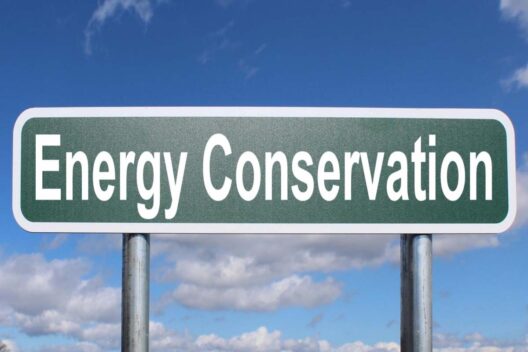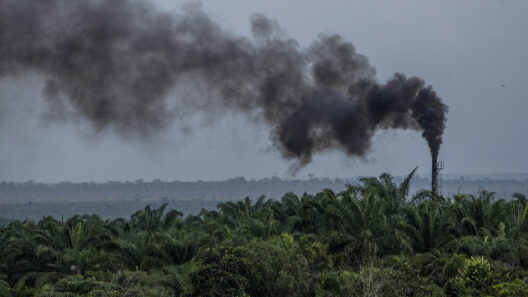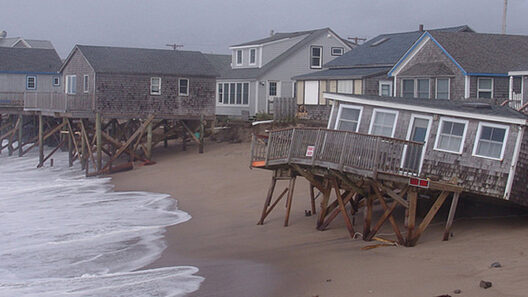As the planet grapples with an escalating climate crisis, understanding the role of trees and forests in mitigating global warming has never been more urgent. Trees are often referred to as the lungs of the Earth, and rightfully so; they play a pivotal role in our ecosystem and contribute profoundly to climate regulation. This essay delves into the interconnected ways in which trees and forests slow the rate of global warming, elucidating their inherent power in climate action.
At the heart of the climate debate lies the phenomenon of carbon sequestration. Trees absorb carbon dioxide (CO2), a potent greenhouse gas, during photosynthesis, using it to produce energy and releasing oxygen—a process vital for both flora and fauna. A mature tree can absorb approximately 48 pounds of CO2 annually; when multiplied by the vast swathes of forested land, the impact becomes monumental. The world’s forests store about 80 billion metric tons of carbon, emphasizing their critical role in maintaining atmospheric balance.
However, trees do not merely act as passive carbon sinks. The intricate relationship between forests and climate extends beyond carbon absorption. Forest ecosystems create microclimates, regulating temperature and humidity, which in turn fosters biodiversity. The complexity of these ecosystems means that they can withstand climate stresses better than many other environments. Healthy forests can also mitigate the effects of severe weather events, such as floods and droughts, which are becoming increasingly common due to climate change.
Deforestation poses a grave threat to this balance. As forests are cleared, not only is carbon storage capacity diminished, but the carbon previously held in tree biomass is released back into the atmosphere, exacerbating the greenhouse effect. Combatting deforestation and promoting afforestation—planting trees in non-forested areas—are twin strategies that can significantly enhance our climate resilience. Reforesting degraded areas offers a dual benefit: it draws down existing atmospheric CO2 and restores habitat for countless species, enhancing biodiversity.
Forests as Allies in Climate Regulation
The role of forests extends beyond carbon dynamics. They serve as vital regulators of regional and global climate patterns. Trees improve air quality, reduce urban heat islands, and mitigate flooding through their vast root systems that absorb water. This creates a permeable terrain, allowing rainwater to seep into the ground and maintain aquifer levels. In urban areas, integrating green spaces and tree canopies can lower temperatures, reduce energy costs, and improve the overall quality of life for residents.
Moreover, research indicates that afforestation and reforestation efforts significantly enhance soil quality and water retention, transforming arid regions and boosting agricultural productivity. By unlocking the full potential of agroforestry, where agriculture and forestry overlap, communities can cultivate crops alongside trees, yielding food while simultaneously absorbing carbon. This dual approach fosters both economic resilience and environmental sustainability.
Forests and Biodiversity: A Symbiotic Relationship
Preserving biodiversity is another crucial aspect of climate mitigation. Ecosystems rich in biodiversity are more resilient to climate fluctuations. Forests harbor more than 80% of the world’s terrestrial biodiversity. Each species, whether a towering redwood or a humble understory plant, plays a unique role in the ecosystem. The health of these biological communities is intricately linked to the overall health of the planet. Insects, birds, and mammals contribute to pollination and seed dispersal, creating a cycle of regeneration that further enhances the capacity of forests to sequester carbon.
Interestingly, trees are also implicated in the phenomenon of albedo, which refers to the reflection of solar energy. Dark, dense forests absorb more sunlight, increasing local temperatures, while lighter-colored areas, such as grasslands, reflect sunlight. However, the cooling effects of transpiration—where trees release moisture into the atmosphere—often outweigh the warming effects, leading to a net cooling impact. Understanding these dynamics allows for better forest management practices that can optimize their role in climate mitigation.
The Social and Economic Dimensions
Climate action does not exist in a vacuum. The social and economic dimensions of forestry are vital to enacting effective change. Empowering local communities through sustainable forest management creates a vested interest in protecting these vital resources. Indigenous peoples and local communities have maintained a deep-rooted connection to forests for millennia, and their knowledge can offer invaluable insights into conservation techniques. Engaging them in decision-making processes ensures that stewardship is equitable and fulfills the needs of both the environment and the people.
Furthermore, the burgeoning green economy presents opportunities for job creation in sectors such as forestry, conservation, and ecotourism. Investing in green infrastructure not only helps in combating climate change but also stimulates economic growth, creating a win-win scenario for nations striving to transition to a low-carbon future. From planting trees to managing forest health, the potential for creating sustainable livelihoods is vast.
A Call to Action
In conclusion, trees and forests are indispensable allies in our quest to combat global warming. Their multifaceted roles—ranging from carbon sequestration and climate regulation to promoting biodiversity—underscore the urgent need for collective action. The challenges of climate change are formidable, yet they are not insurmountable. By amplifying our commitment to forest conservation, restoration, and sustainable management practices, we can harness the incredible power of trees to not only slow the rate of global warming but also enhance the resilience of our ecosystems and communities.
The pressing question remains: what steps will we take today to ensure that our forests continue to thrive for generations to come? The answer could very well shape the future of our planet.
